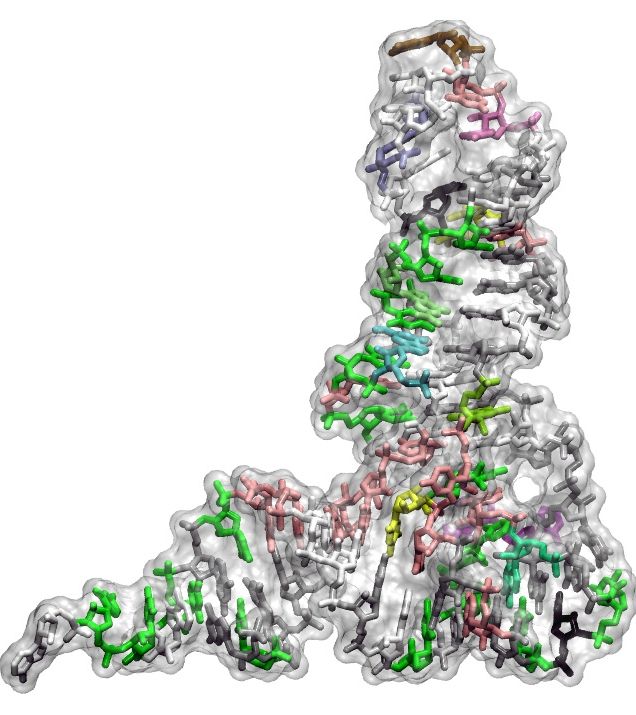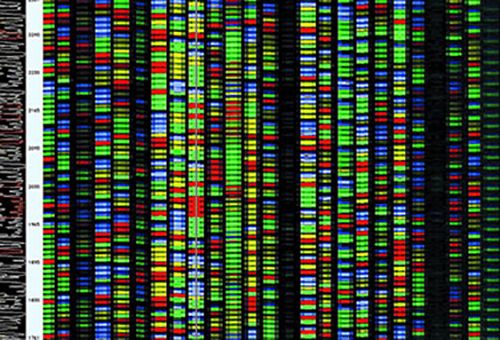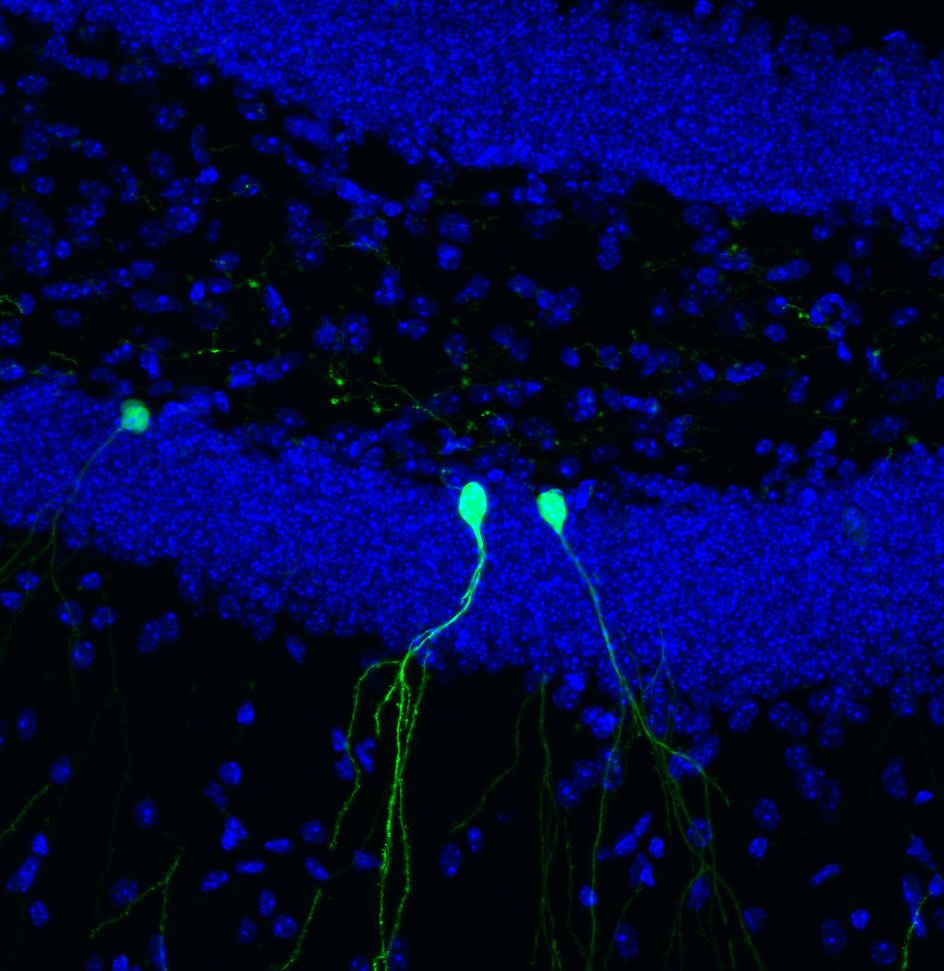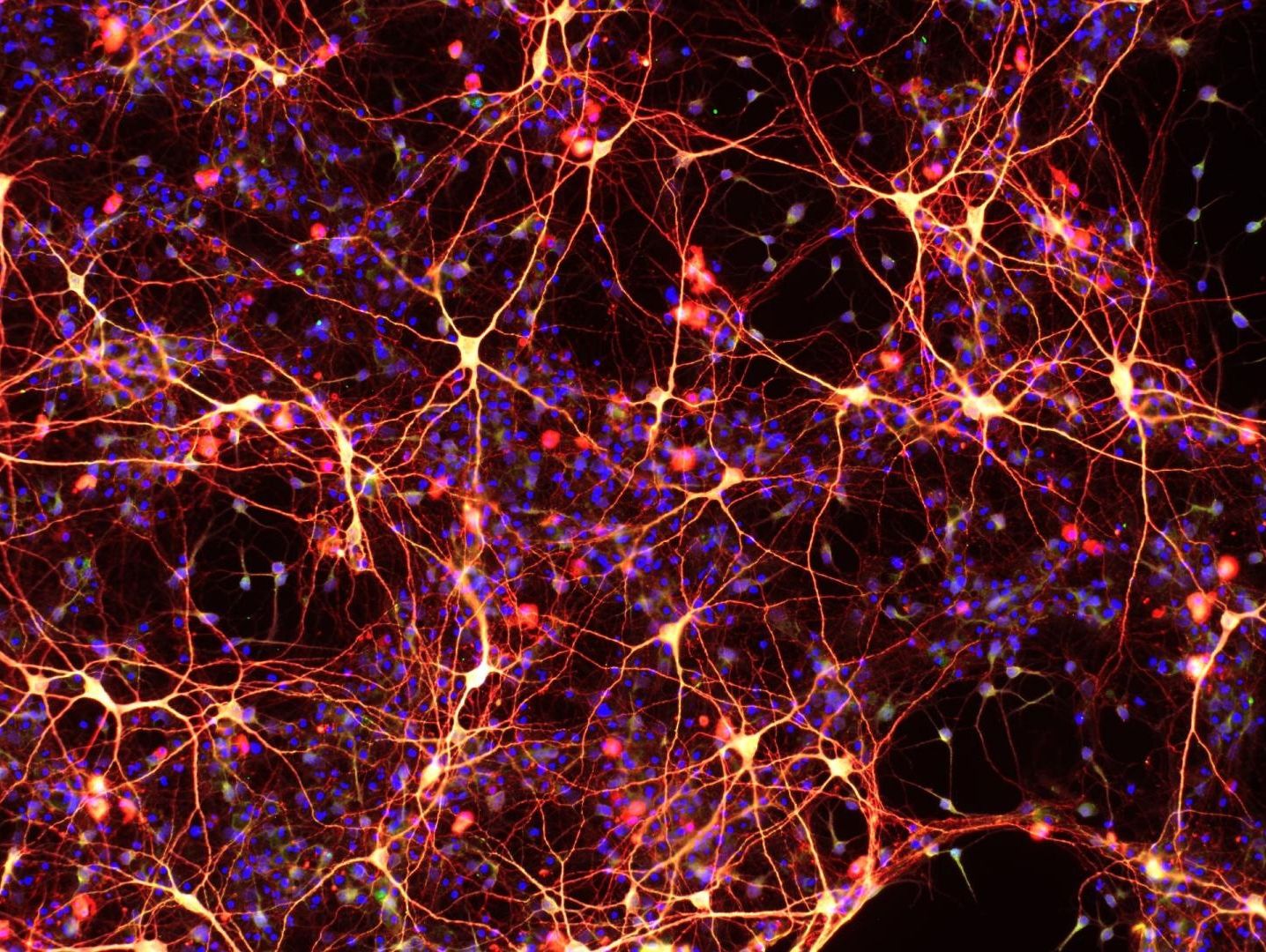
A study performed at IRB Barcelona offers an explanation as to why the genetic code stopped growing 3,000 million years ago. This is attributed to the structure of transfer RNAs—the key molecules in the translation of genes into proteins. The genetic code is limited to 20 amino acids—the building blocks of proteins—the maximum number that prevents systematic mutations, which are fatal for life. The discovery could have applications in synthetic biology.
Nature is constantly evolving—its limits determined only by variations that threaten the viability of species. Research into the origin and expansion of the genetic code are fundamental to explain the evolution of life. In Science Advances, a team of biologists specialised in this field explain a limitation that put the brakes on the further development of the genetic code, which is the universal set of rules that all organisms on Earth use to translate genetic sequences of nucleic acids (DNA and RNA) into the amino acid sequences that comprise the proteins that undertake cell functions.
Headed by ICREA researcher Lluís Ribas de Pouplana at the Institute for Research in Biomedicine (IRB Barcelona) and in collaboration with Fyodor A. Kondrashov, at the Centre for Genomic Regulation (CRG) and Modesto Orozco, from IRB Barcelona, the team of scientists has demonstrated that the genetic code evolved to include a maximum of 20 amino acids and that it was unable to grow further because of a functional limitation of transfer RNAs—the molecules that serve as interpreters between the language of genes and that of proteins. This halt in the increase in the complexity of life happened more than 3,000 million years ago, before the separate evolution of bacteria, eukaryotes and archaebacteria, as all organisms use the same code to produce proteins from genetic information.
Continue reading “Discovery of a fundamental limit to the evolution of the genetic code” »
















